
One of the most common household cleaning detergent is bleach, which is the commercial name for a number of chemicals that whiten, remove color and disinfect. The chemical we’ll be referring to in this article is chlorine. Bleach is mainly used to whiten fabrics and disinfect toilets, among other things, but bleach can do much more. WARNING: When dealing with bleach, make sure you wear gloves, avoid any contact with the eyes, and use it only in well-ventilated areas.
1. Herbicides
Bleach is harmful to plants and can thus be used as a highly effective herbicide. Use it on areas where you don’t want plants to grow or where weeds are a problem. Be careful to not overdo it – spray a 1/1 mixture of water and bleach, or use a few drops directly on the plant you wish to kill.
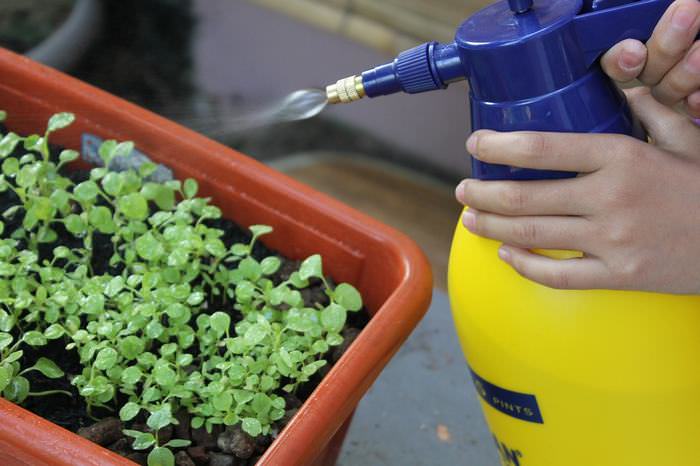
2. Pesticide and insect repellent
If you’re suffering from an infestation, it can be easily treated with bleach. Most insects breathe through their exoskeleton, so spraying them with bleach is an effective eradication method. During mosquito season, leaving a cup with a 1/1 mixture of water and bleach keeps the little biters away. Bleach can also get rid of insect eggs, as well as disrupt the chemical trails some bugs (like ants) use to find their way into your home.
3. Extend the life of flowers in a vase
If you love decorating your house with fresh flowers but are having a hard time keeping them alive, simply add a very small amount of bleach to the water. This will destroy any bacteria and fungus in the water and allow your plants to flourish, as well as prevent water and algae stains in the vase. Be careful not to add more than ¼ teaspoon to 1 cup of water.
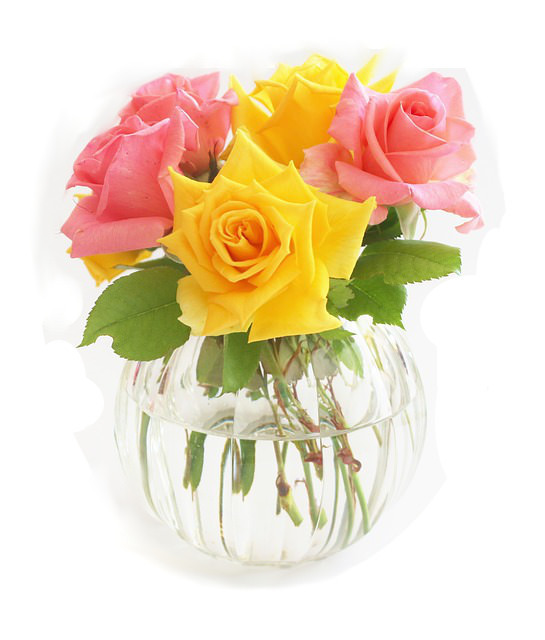
4. Remove moss and mold
To get rid of moss and mold from tiles, pour half a cup of bleach into ½ gallon of water, then use an old broom to scrub the tiles with the mixture. The bleach will remove any and all of the moss and mold, leaving your tiles clean and non-slippery. This is also effective on concrete surfaces, sidewalks, pavement and even roofing shingles.
5. Polishing china and glassware
Mix a teaspoon of bleach in a cup of water, then use a white, damp kitchen towel to polish and disinfect them. It can also be used to polish silverware but be sure to wash them thoroughly afterwards.
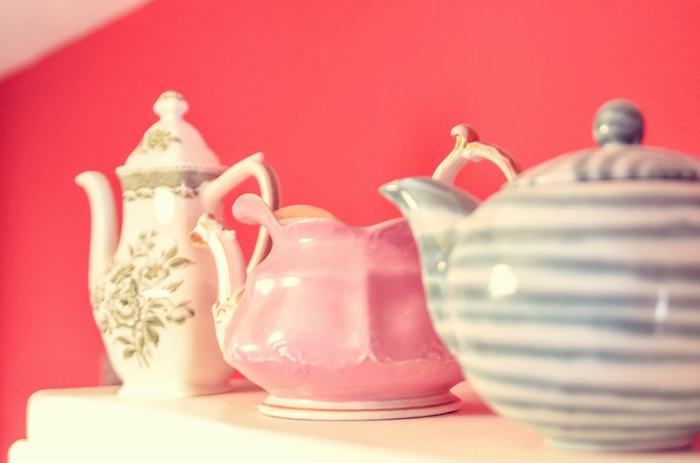
6. Treating foot fungus and malodorous feet
If you’re suffering from a bad case of smelly feet or any kind of foot fungus, you know the embarrassment and social stigmas that go along with them. While exposing your skin to a high concentration of bleach is very bad for it, soaking your feet in a tub filled with a gallon of hot water and ¼ cup of plain, non-concentrated bleach will do wonders for your feet. Don’t soak your feet for more than 5 minutes, and then rinse them and scrub them clean. (Do not do this if you have open wounds or sores on your feet!)
7. Powerful disinfectant
If you like to buy things at thrift stores or garage sales, or want to use something that has been stored for a while in a musty garage, you may want to get them cleaned up before you start using them. Make sure they’re safe to use with bleach, then leave them in a tub filled with a gallon of water and a ¼ cup of bleach. Leave them there for 10 minutes and then rinse them, and they’ll be as clean as a whistle.
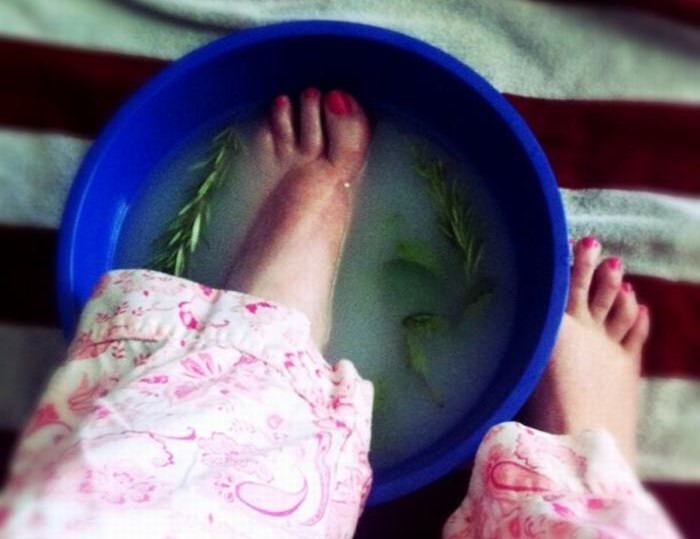
8. Disinfect gardening tools
You wouldn’t want a doctor to use tools that were used on a sick person without disinfecting them, right? The same goes for gardening tools. You use them to cut and remove sick or rotting plants, and if you don’t disinfect them afterwards, you can infect healthy plants when you use it on them next. Get a bucket and fill it with about ½ gallon of water, and then add ½ a cup of bleach. Soak your garden tools in it, and then let them air dry. This is also effective at preventing them from rusting.
9. Cleaning your garbage cans
Even the sturdiest of garbage bags can rip and leak nasty substances into your bin, leaving it foul and smelly. When you notice that your trash can is starting to reek, mix some bleach with hot water, wear some gloves and scrub the walls of the bin, then pour the remnants into the toilet (bleaching it too) and give the bin a good rinse.
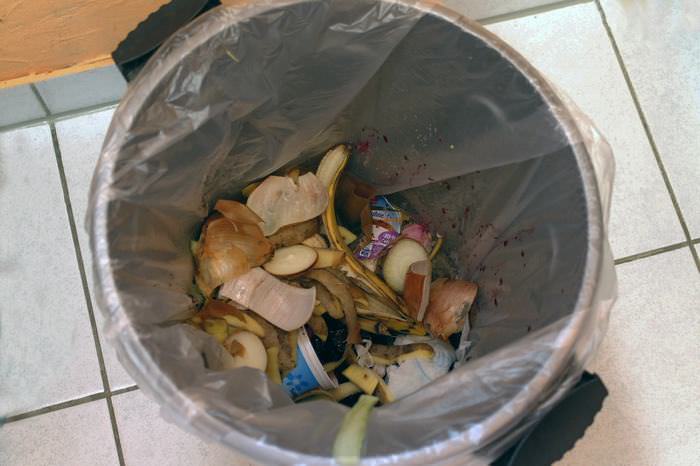
10. Polishing plastic furniture
Plastic furniture often is susceptible to grime and bacteria build-up in their nooks and crannies, making them very hard to clean. The solution is to wear a pair of gloves, mix ½ a cup of bleach into ½ a gallon of water and use a brush or a towel to scrub them clean.
11. Disinfecting towels
Got white towels that are turning beige or starting to smell funky? Soak them in water with a small amount of bleach, effectively killing any bacteria or mold that may have formed in the fibers. This is also a good thing to do when a family member is sick, and you need to disinfect the towels to reduce the likeliness of infection. Make sure you only use white, 100% cotton towels, otherwise they’ll turn yellowish.
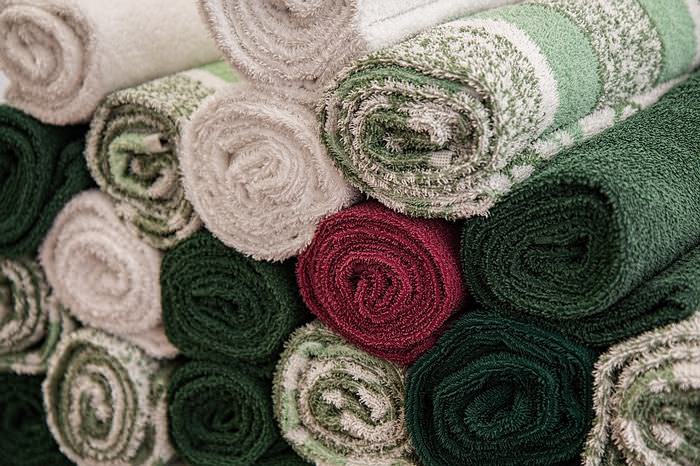
Check out Our Collection of House Items You Could Be Using Differently